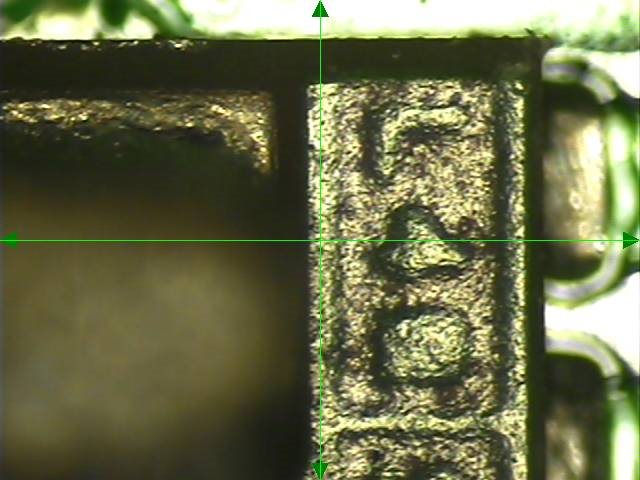hello,
we have a similar phenomenon as Sasha Maldonado. We produced sample boards using the LMZM23600V5SILT. Schematic is per TI recommendation Figure 34 of data sheet SNVSB35B-February 2018, revised May 2019). We observe overheating on some of the boards. We had two proto production Batches: Batch 1: 6 Boards produced, whereas 2 of them are good, 4 with Overheating. As we had two good results, we excluded a General design error or PCB Layout error for the time being. We supposed maybe wrong/old solder paste and wrong stencil thickness. So we setup for a second small Prototyps Batch with 4 Boards: whereas 1 of them is good, three of them are overheating. After comparison and internal Analysis of all prototype boards from both Batches with good and bad results we still assume that we have Problems in the production Domain.
The 2nd batch was setup as follows: Stencil Thickness 120um, stainless steel-laser, electro polished. Solder Cream is a OT2-SAC3-T4, Balver Zinn (particle size 20-38um). The solder process used was a vapour Phase VP510 (Asscon). We have regular ESD area, but no cleanroom itself.
From the description above and with respect to the older 2019´ thread with Sasha (to my understanding it was not resolved until the end) I would like TI experts to Support us for Troubleshooting.
1) Which additional factors or Parameters could be potential root causes for our wastage?
2) Which tests/ investigations would you recommend us to do further in order to exclude certain factors or to confirm certain Areas.
3) Is there any datasheet update of this converter / errata sheet existing or in Progress at TI?
4) Assuming our good parts are no "fluke" (the design and layout itself seems to be OK): Are there any TI production Domain Parameters, NOGOs etc. you can recommend us?




